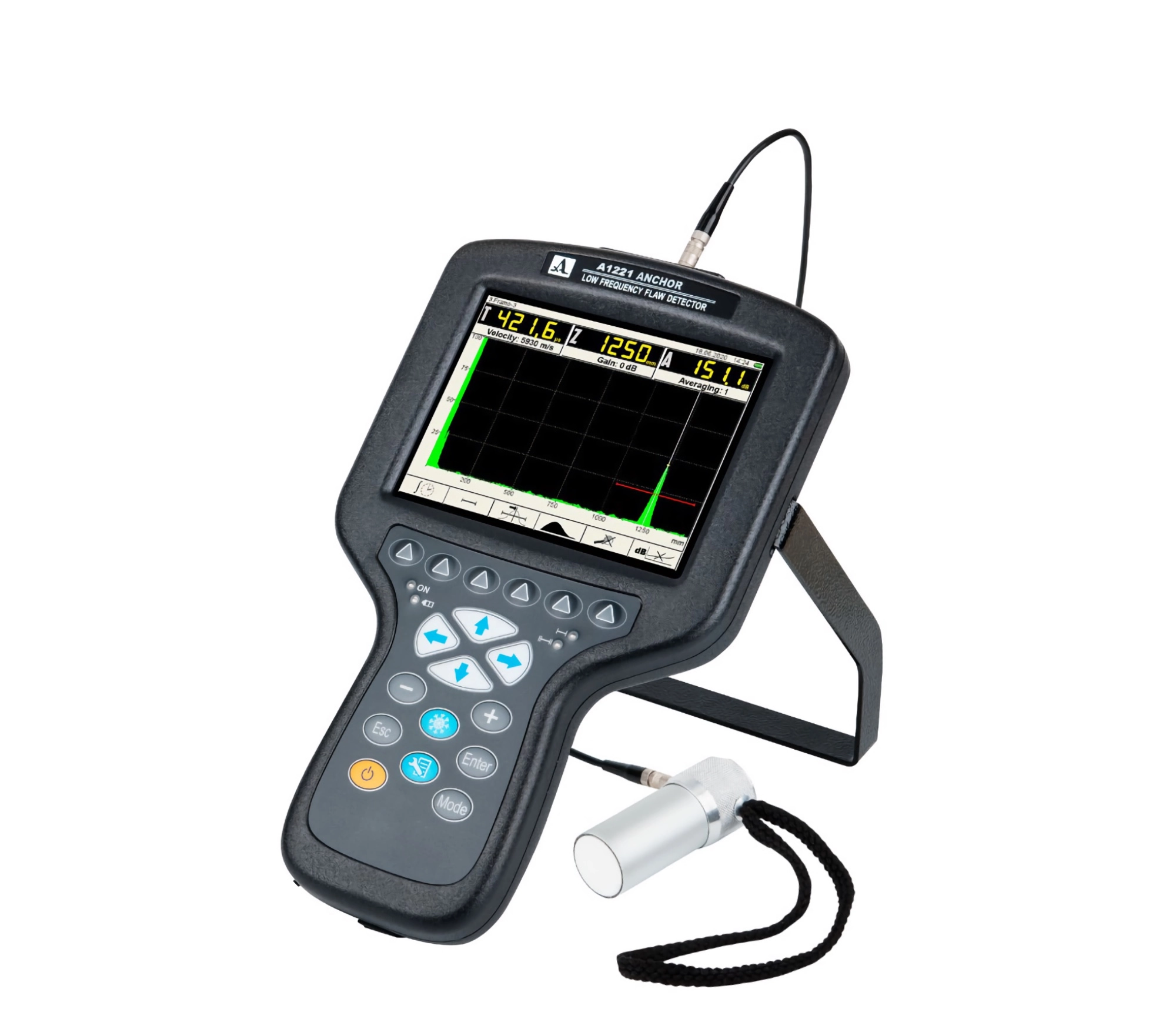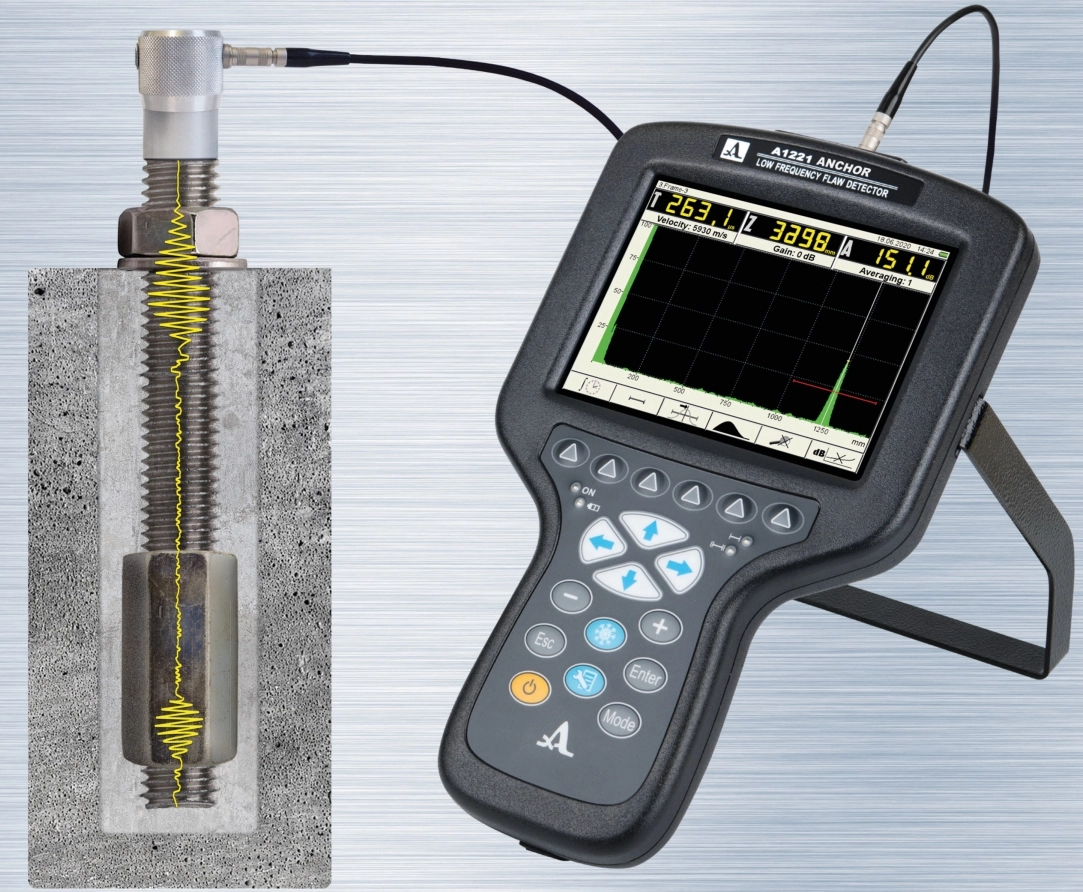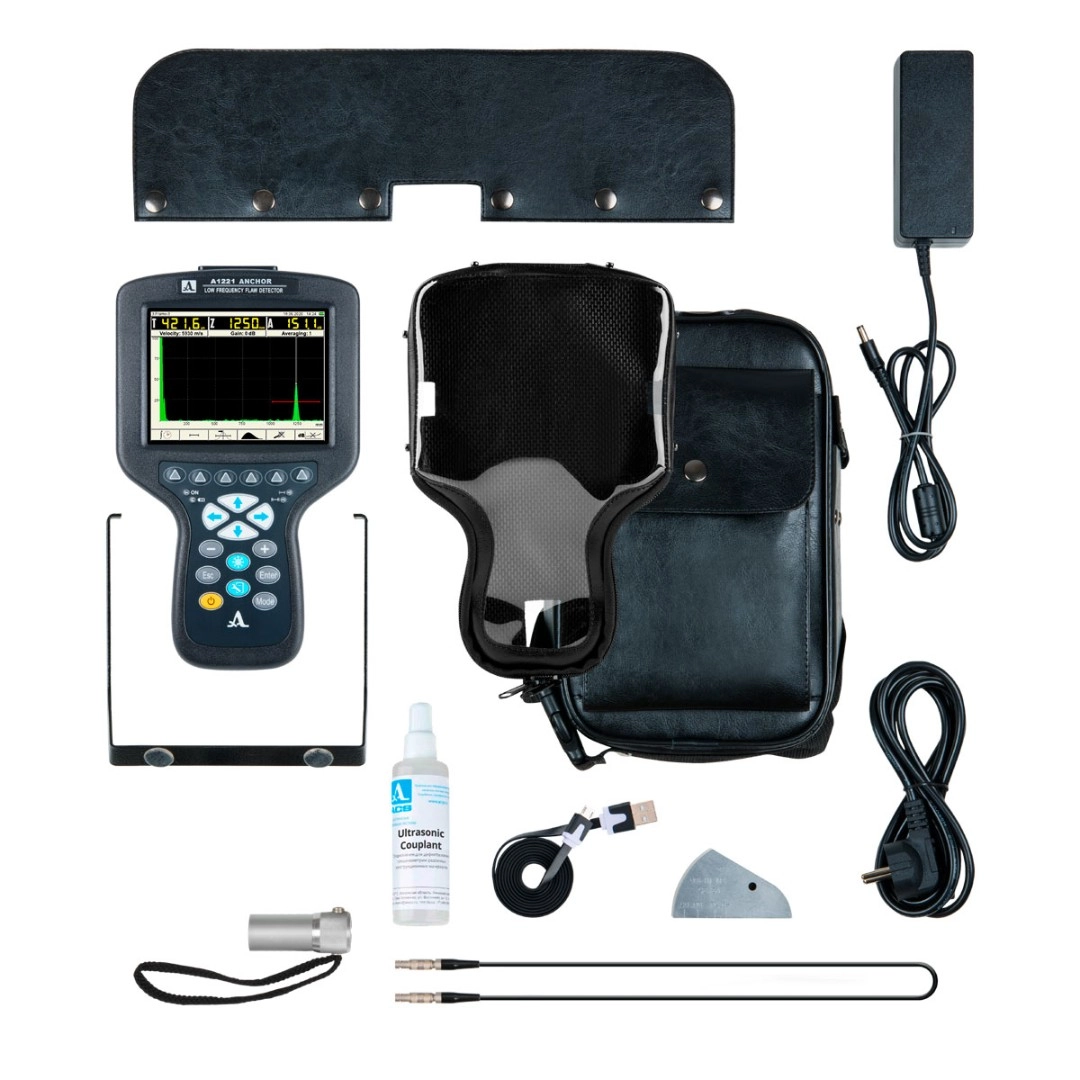The ultrasonic pulse-echo method is a widely used non-destructive testing (NDT) technique that helps assess the internal integrity of materials by detecting flaws such as cracks, voids, delaminations, and other internal discontinuities. This method uses high-frequency sound waves (ultrasound) to penetrate a material and measure the time it takes for the sound waves to bounce back (or "echo") from internal features or defects. The pulse-echo method is particularly effective for inspecting materials like metals, concrete, ceramics, and composites.
How does the ultrasonic pulse-echo method work?
The ultrasonic pulse-echo method involves the following key steps:
- Pulse generation: A transducer generates high-frequency ultrasonic waves and sends them into the material being tested.
- Propagation and reflection: As the sound waves travel through the material, they are reflected back when they encounter a boundary between different materials or a defect such as a crack or void.
- Echo detection: The transducer receives the reflected sound waves (echoes) and measures the time taken for them to return.
- Data interpretation: The time between the emission of the pulse and the reception of the echo is analyzed to determine the location, size, and nature of any internal flaws.
The time it takes for the echo to return indicates how far the wave traveled within the material. By analyzing the strength and timing of these echoes, inspectors can create a detailed image of the internal structure of the material and identify any defects or inconsistencies.
Applications of the ultrasonic pulse-echo method
The ultrasonic pulse-echo method is widely used across various industries, including:
- Construction: Inspecting concrete structures for voids, cracks, and delaminations to ensure the structural integrity of buildings, bridges, and tunnels.
- Manufacturing: Evaluating welds and detecting defects in components like pipes, pressure vessels, and machinery.
- Aerospace and automotive: Inspecting critical components such as engine parts, airframes, and gears for internal defects that could compromise safety and performance.
- Energy: Assessing the condition of power plant equipment, pipelines, and wind turbine blades for material degradation and fatigue.
Advantages of the ultrasonic pulse-echo method
- Non-destructive: The pulse-echo method allows for internal inspection without causing damage to the material, making it suitable for critical components and structures.
- High accuracy: It provides precise data on the size, location, and nature of internal flaws, enabling accurate assessments of material integrity.
- Versatility: This method can be used on a wide range of materials, including metals, concrete, composites, and ceramics.
- Portable equipment: Ultrasonic pulse-echo systems are portable and can be used for both on-site inspections and in-lab testing.
- Depth measurement: The pulse-echo method can detect flaws deep within a material, making it ideal for assessing thick or complex structures.
Ultrasonic pulse-echo equipment from TEQTO
TEQTO offers a comprehensive range of ultrasonic pulse-echo flaw detectors and ultrasonic pulse-echo tomography systems designed for the non-destructive testing of various materials. These advanced systems, provide precise three-dimensional imaging and defect detection. Our pulse-echo equipment is ideal for detecting internal cracks, voids, and delaminations, ensuring the safety and reliability of materials in industries such as construction, manufacturing, aerospace, and energy.
By using the ultrasonic pulse-echo method, professionals can detect hidden defects in materials and structures without compromising their integrity. This method is a reliable and effective solution for ensuring the safety, quality, and performance of critical components across a range of industries.



